Pre-Reading Activities
There is nothing as beautiful as the sound of a young child speaking. They are just learning how to articulate, choose the words that make sense, and put those words together in a logical order. It is easy to want them to stay that precious forever! But of course, our job is to prepare them for life and aid their developing independence. But how do we do that and when?
The truth is that young children (before age six) are in a sensitive period for language development. They are eager and interested not only in learning the names of everything they see, but also in learning what the heck those little squiggly lines (you know, the ones we look at when we read) are all about! When they are as young as 2.5 to 3 years old, they become keenly interested in learning to distinguish all the sounds within every word, the sounds that letters make, and how those sounds fit together.
So, the time is ripe to support their natural interest! Just as when they were younger, we continue to offer them the best spoken language possibilities we can by reading aloud together, reciting tongue twisters and poems, singing, telling stories, listening to music, and more. But, as children grow, they can also benefit from specific materials designed to not only build their vocabulary, but to inspire them to express their thoughts.
Pre-Reading Collection
We've put together a small collection of core materials that can help you support your child's developing ability to express themselves, increase their vocabulary, and prepare them for reading. These materials help build their vocabulary knowledge (internal dictionary), phonemic awareness (ability to hear the sounds in words), letter-sound knowledge (matching the symbols of language with their sounds) and their ability to segment (link letters to build words).
Receptive Language and Vocabulary
We start with a focus on developing their vocabulary and their ability to hear/say all the sounds in words with vocabulary lessons and sound games. First, teach them the names of everything in their environment using the three-period lesson. Then, you can use one set of the cards in our Matching packets for vocabulary games.
Once they know all the vocabulary, use both sets for matching games. Matching cards not only help reinforce the child's vocabulary knowledge, they also help them categorize information (by sorting), interact with the vocabulary they know (matching), and connect vocabulary with their daily lives (talking about the pictures they see).
Expressive Language
From here, we want to increase their love of language and give them more opportunities to turn their ideas into words (expressive language). One way we do this is through the Fine Art Display cards.
The breathtaking art in this collection includes some of the most famous works of art from Europe, the United States, and around the world. Use them for two essential Montessori activities (and many others):
- Conversations at a Picture: Develop the child's ability to speak intelligently, learn to express their ideas clearly and order their thoughts in a logical sequence (and, in the process, realize that their voice matters)
- Displaying the Cards: Connect the child with the environment; Develop the will
Some children will be completely in love with Fine Art. But others are interested in other things like animals, nature, and people. So, how do we expand the children's horizons and make sure we are finding what interests them? We want to open their eyes to the tapestry of life on all continents! That's why we introduce the Geography Cards.
To create an equitable and balanced view of life around the world, each continent packet within a series contains one image for 10 clearly defined concepts/themes. This allows children to compare and contrast clothing, food, transportation, etc. from continent to continent. So, they can compare apples to apples. Just wait until you hear the conversations that arise as children see what is similar and what is different from place to place!
Letter-Sound Knowledge
Now that we have their vocabulary and expressive language supported, we want to move them on to letter-sound knowledge. Learning the visual appearance of each letter in English and the sounds that each letter makes is an essential beginning step towards literacy. In the Montessori approach, we have one primary tool for teaching children the shapes of each letter and their individual sounds: the sandpaper letters.
The key here is not to just teach them the sounds of the individual letters in the alphabet, but to also teach them the key sounds required to phonetically spell every word in our language. Think about the word thorn: you need the th digraph plus the or digraph to spell it phonetically, right? But first, children need to know that sometimes when we put two letters together, it makes a completely new sound! So, we teach the key phonogram alongside the individual alphabet letters.
Writing/Segmenting
Once children know the sounds of the letters/phonograms, they are naturally curious about linking those letters together to build words! That's where the movable alphabets come in.
If you are interested in learning more about Montessori and the Language Program, we offer a digital or hard copy of our Teacher Education Language Album. The Language Album is designed for teachers in primary/early childhood classrooms (ages 3 to 6+). It presents comprehensive lessons for the key areas of the Montessori Language program including:
- Spoken language
- Writing
- Reading
- Function of Words
- Reading Analysis
We hope this helps!
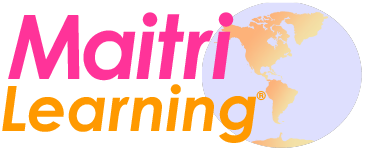







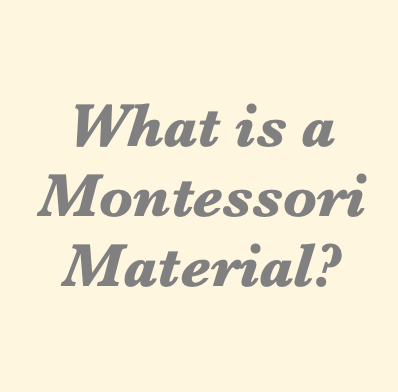
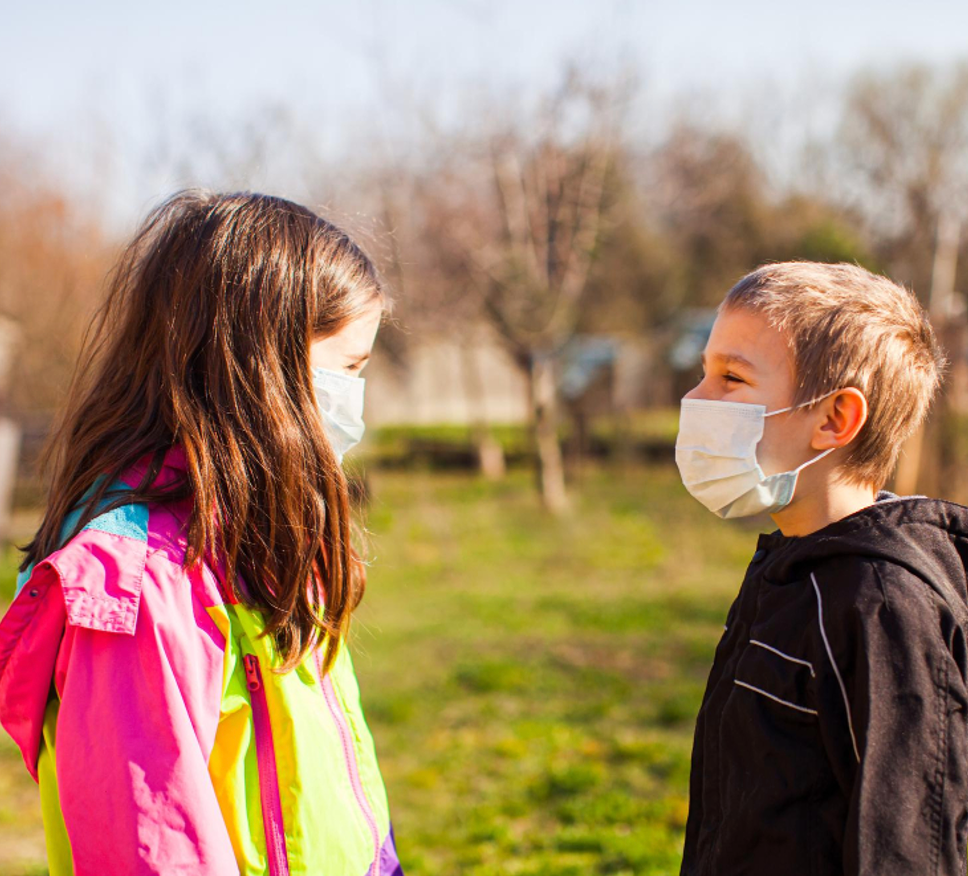

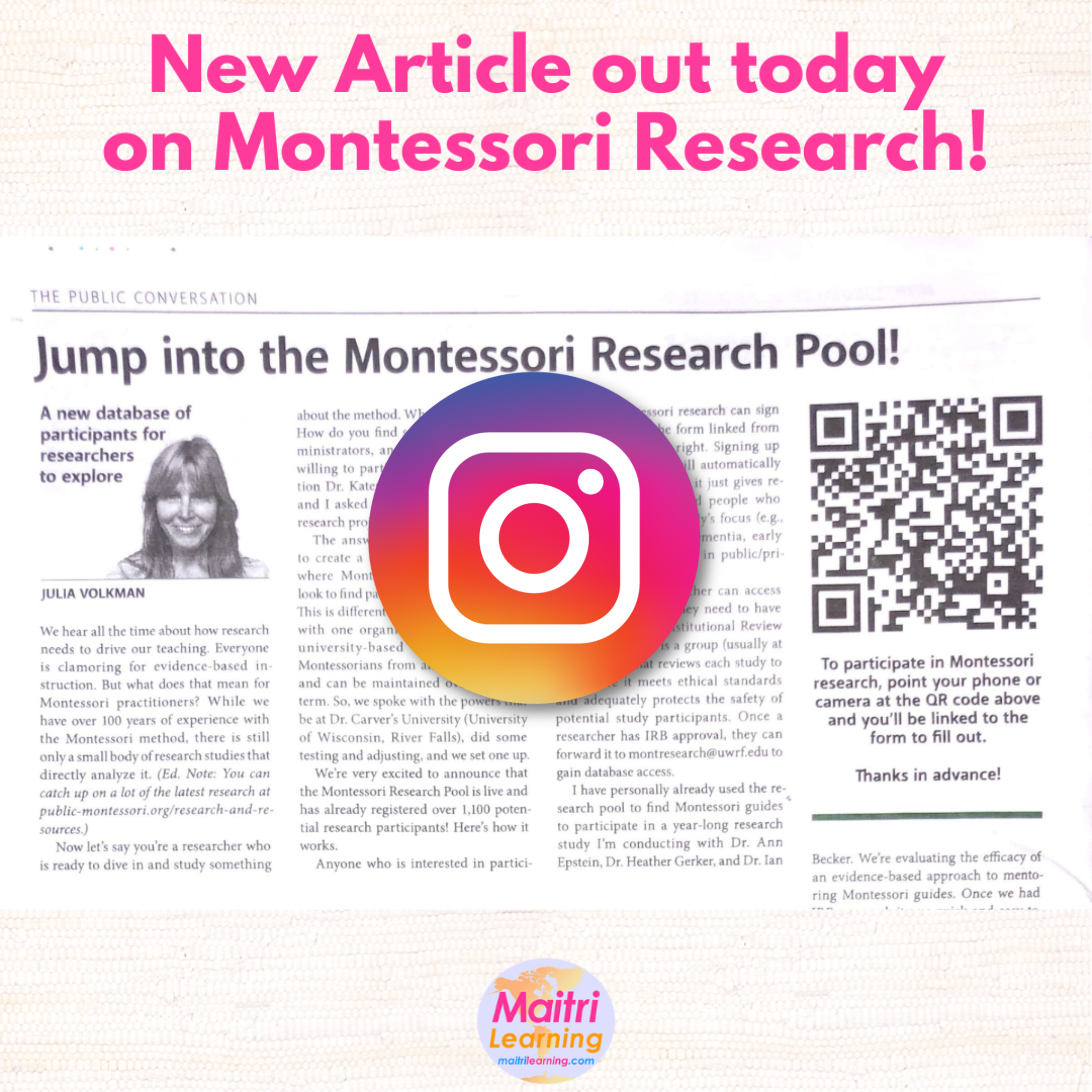
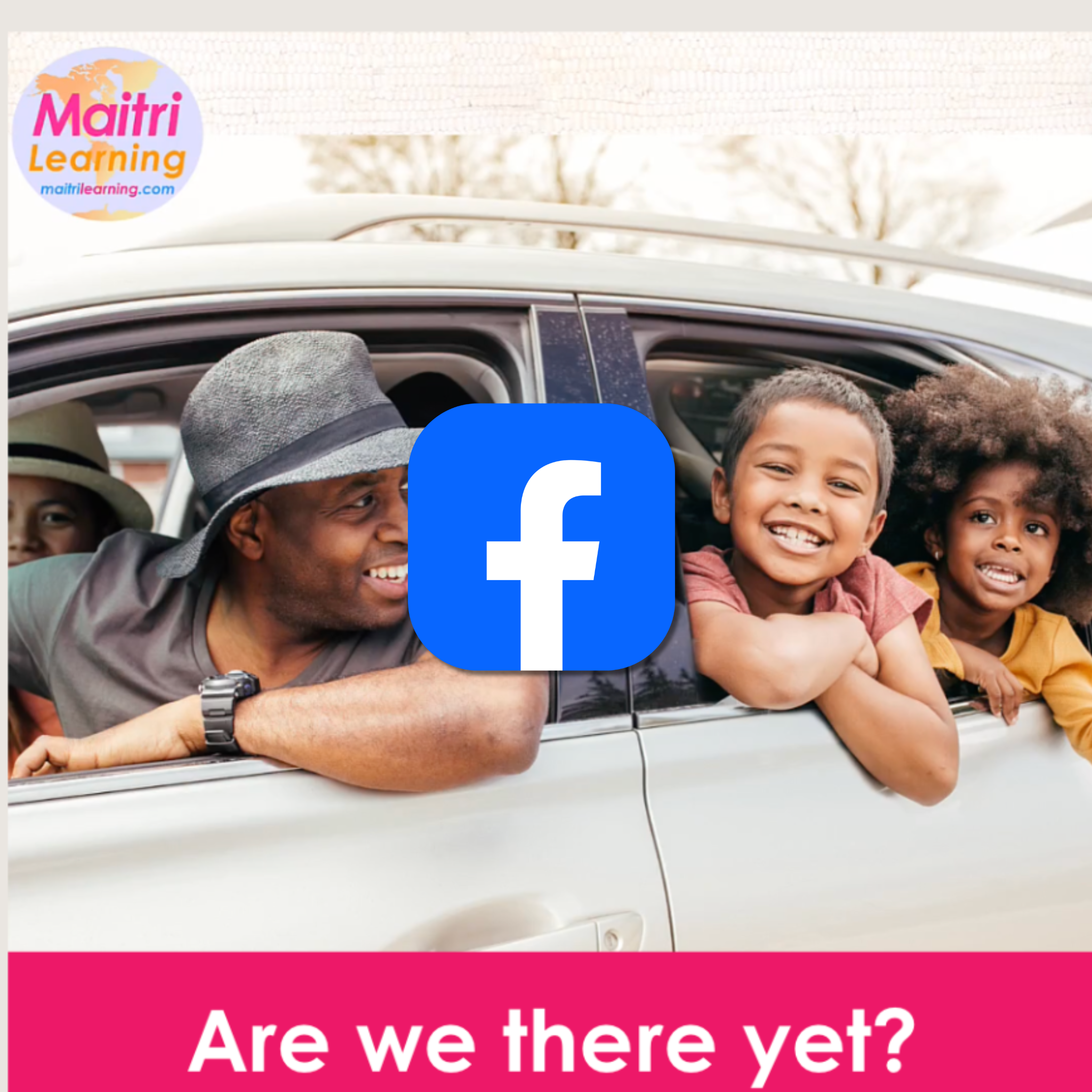
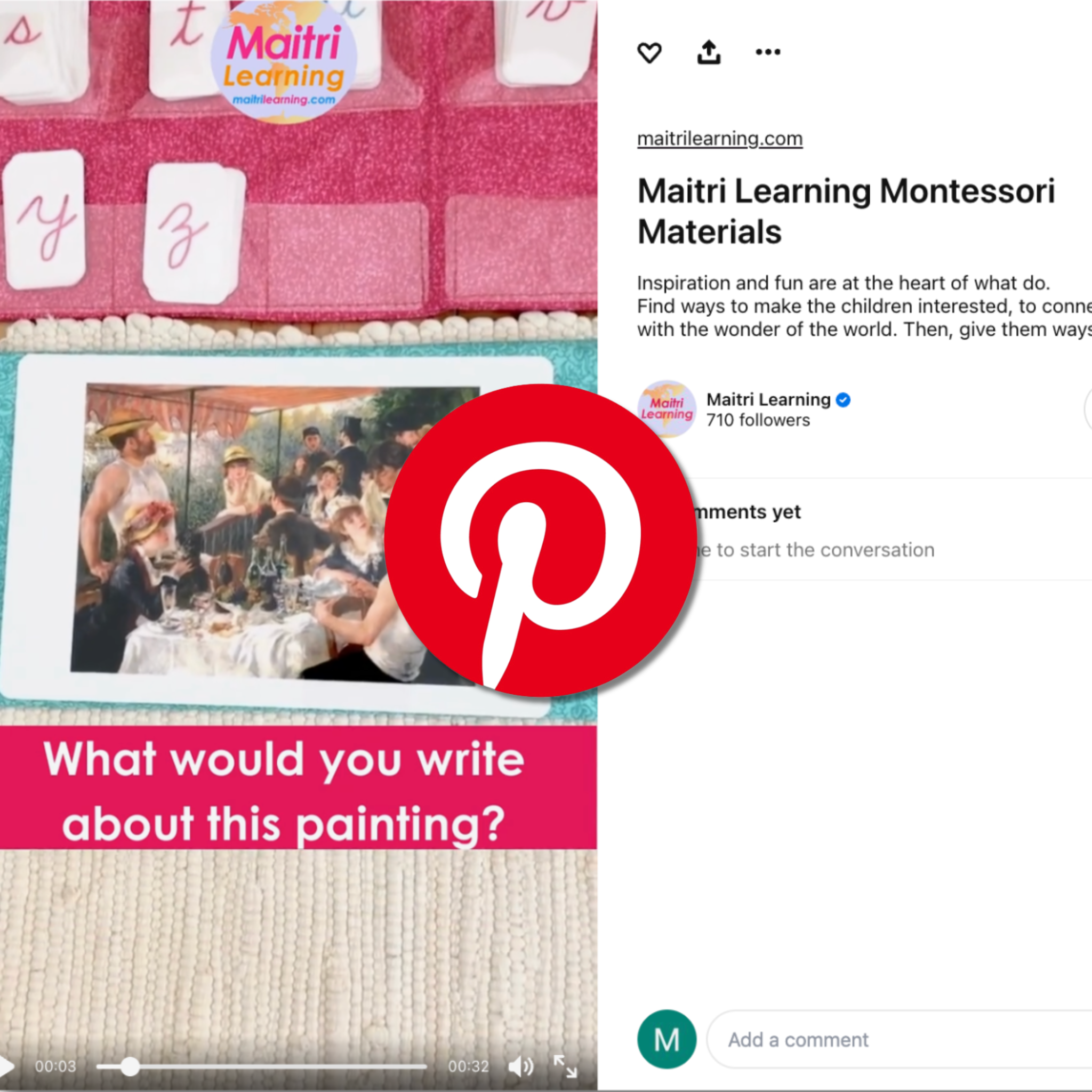
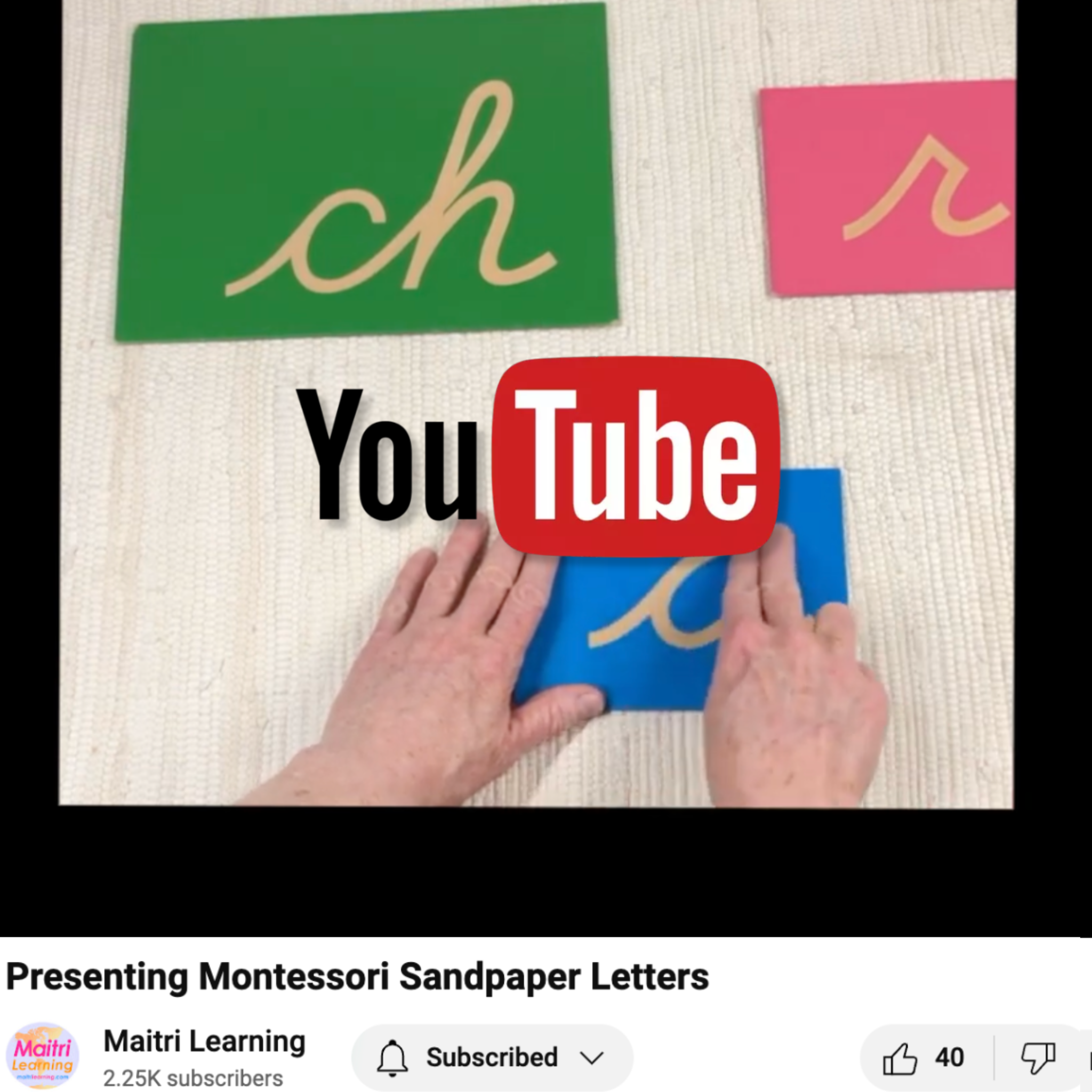
Leave a comment
This site is protected by hCaptcha and the hCaptcha Privacy Policy and Terms of Service apply.